Eden and the Spring Winds
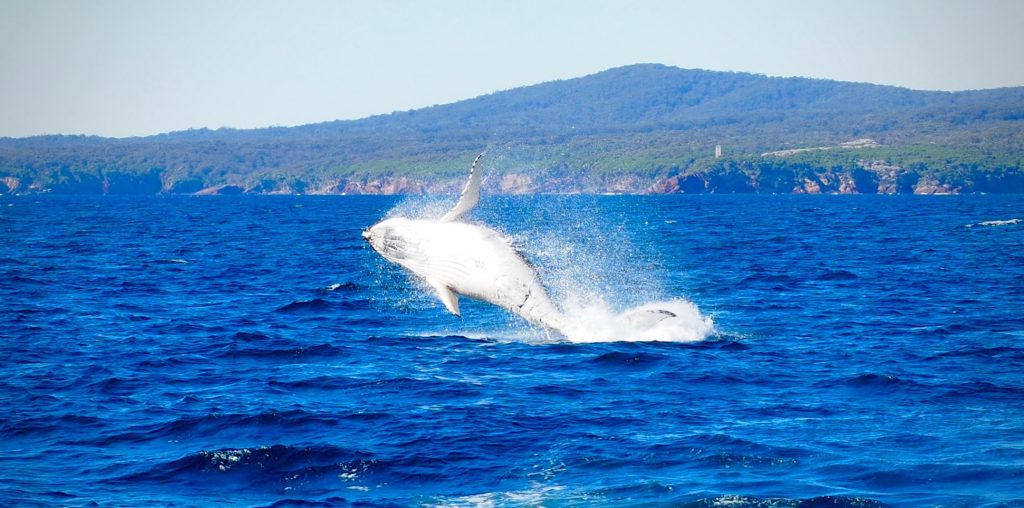
The Spring Winds – as they always do – trigger new beginnings.
My name is Jilda Andrews and I am the newly appointed ‘audience advocate’ for the National Museum’s new environmental history gallery, known so far as Life in Australia. My background is within the Museum’s Learning Services and Community Outreach team, developing and facilitating public programs that help non-traditional museum audiences gain access to the Museum. I am thrilled to join the Life in Australia team as an audience advocate, to be a part of the machinations of developing a brand new permanent gallery, and to work creatively with the team — the communities, organisations, families and individuals we meet along the way, not only as collaborators, but as core audiences themselves to the new gallery.
The stories which we will be exploring and the pathways we will be following are unique to our experience of ‘life in Australia’, and central to this, I believe, is the concept of ‘Country’. This concept is part of my Indigenous heritage (being a Yuwaalaraay woman of north-west New South Wales), but I believe its core to be universal to anyone who walks the tracks, follows the tides and feels the winds of this Southern Land.
The first community consultations for this project were held in Yuin country of the New South Wales south coast, around the area of Eden. I hope to have captured something of the essence of this Country, at an important time for the region: when migratory whales are passing southwards down the Australian east coast, calves in tow, on their way back to the icy waters of the Southern Ocean. Our springtime visit coincided with Eden’s whale festival, a celebration of the region’s seasonal pathways in action. To investigate this uniquely Australian intersection of place, people and pathways, our team took the cue of the Spring Winds and travelled to Eden to meet a community of custodians in charge of an amazing legacy.
The coastline of New South Wales’ Sapphire Coast is picturesque and annotated with lively stories of people and animal migrations, as well as shipwrecks, squatters and the odd rogue. It is also dependable for whale sightings on their migration up and down the east coast, whether through glimpses of water puffs amidst the vast blue or if you are lucky, demonstrations of aerodynamic showmanship, as in the photograph above. Almost as dependable is the Eden whale festival, which is now in its 20th year — an event that brings together yarns, songs, skills and dynasties connected to this pathway of migratory magic.
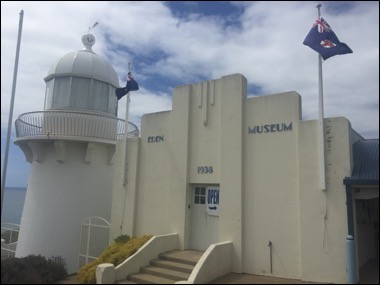
Like the dynastic reach of Uncle Ossie and his extended family, there is another family in Eden which continues to define the character, strength, and tenacity of the town’s colourful history. The Davidsons are thoroughly enmeshed in Eden’s history from its foundations as a settlement established to service the properties of the pioneer and entrepreneur Ben Boyd in the 1840s, through to provision of fuel services to the town of Eden today! It is their unique collaboration with pods of killer whales, which elicits the wonder and imagination of townsfolk and visitors alike, and it is this story of human relationships with the land, environments, migratory pathways and each other, which beckoned us down to Eden on the last weekend of October.
The Davidson family operated a whaling station in Eden from the 1850s and operations included both the hunting and the processing of blubber from baleen whales to manufacture whale oil as fuel for lamps and lanterns. The baleen of these animals was also used for hairbrushes, and whalebone stiffly structuring clothes of the era. The success of the Davidsons’ outfit was in part owed to a fascinating relationship the family and crewmen had with local pods of killer whales, which unlike the other whales passing through, were not migratory. Over the Davidsons’ sixty year whaling practice, three pods of killer whales — each known by name, and respected as almost part of the crew, would round up, alert and shepherd in whales to the skilled and waiting six-man whaling boats, then harpooned. Slaughtered whales would be towed into Davidsons’ whaling station on Twofold Bay, where their blubber would be removed in sheets called ‘blankets’, sliced and then boiled down in a succession of large metal cauldron-like vats (try pots). At this point, it would cool and eventually distill into oil, ready to be casked and shipped across the world; the lamps lining the paved streets of the world’s cities would be illuminated by this arduous, pungent, intense and laborious work. In the moment between the harpooned whale’s death and its butchering, the shepherding killer whales would be left to feast on the lips and the tongue of the whale in what the Davidsons would observe as ‘the law of the tongue’.
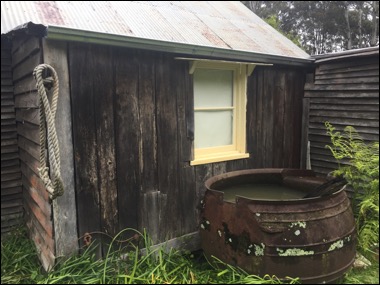
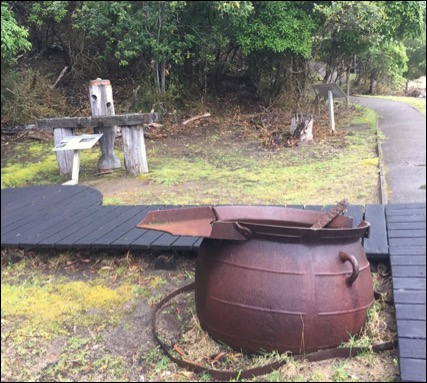
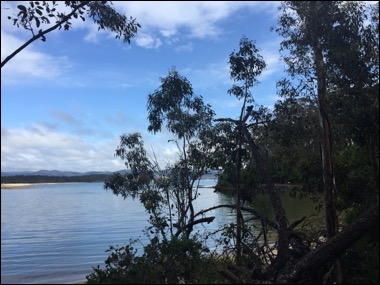
Eden in spring has given me a sense of the power of people, place and pathways that underscore the Life in Australia project. The connections we made with the people and country of Eden have each in their own way illuminated different approaches to custodianship of stories like these — not as competing or contending for legitimacy. These are complicated, fascinating and wonderful stories, and characterise the local, regional and seasonal nuances of ‘life in Australia’.
Top image: humpback whale in Twofold Bay, October 2016, by Thomas Williams, Flickr Creative Commons
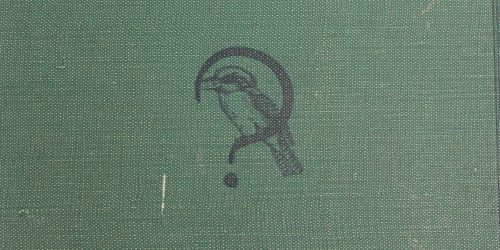

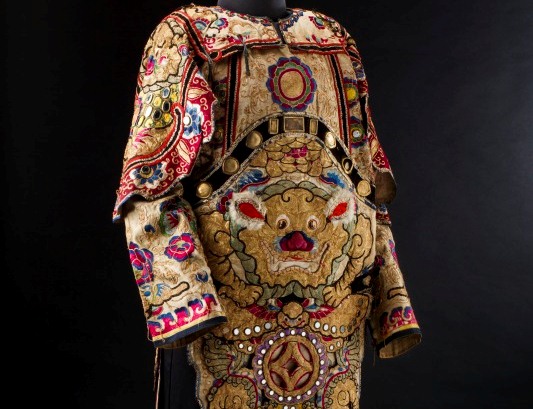
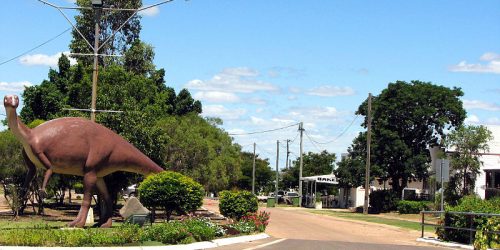
Well written Jilda. Marty Davidson & Family.
Great Story. Love it. So nice that our family can be part of it. Cheryl Davidson & Family.
Great work on this project already, hoping we can continue with input, & perhaps still being part of the story, congratulations Fay and family
Thank you Jilda. An awesome article to read and a great project to look forward to. Very very exciting!